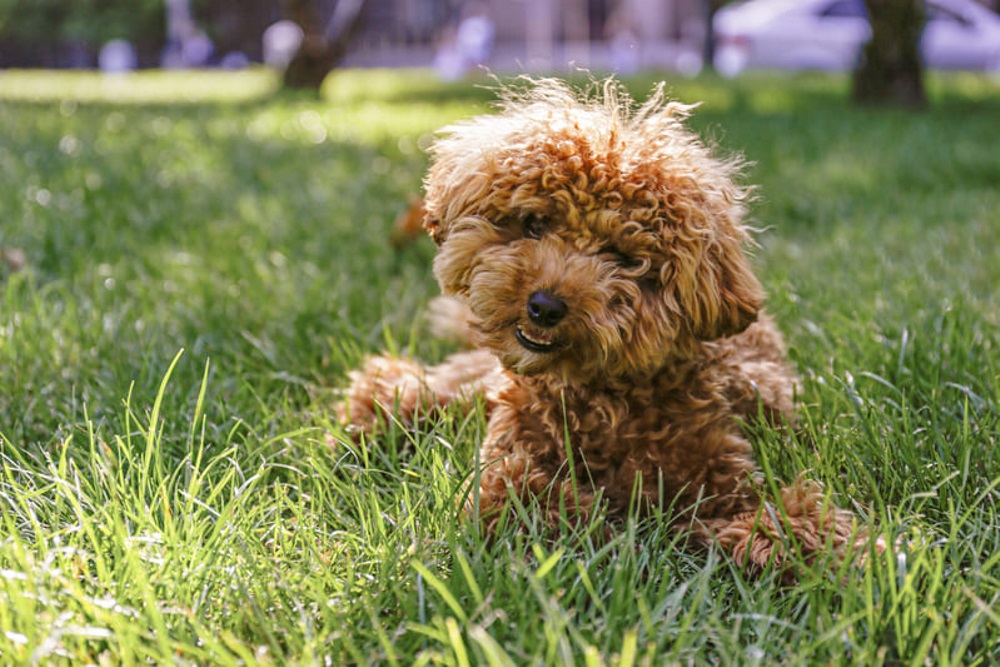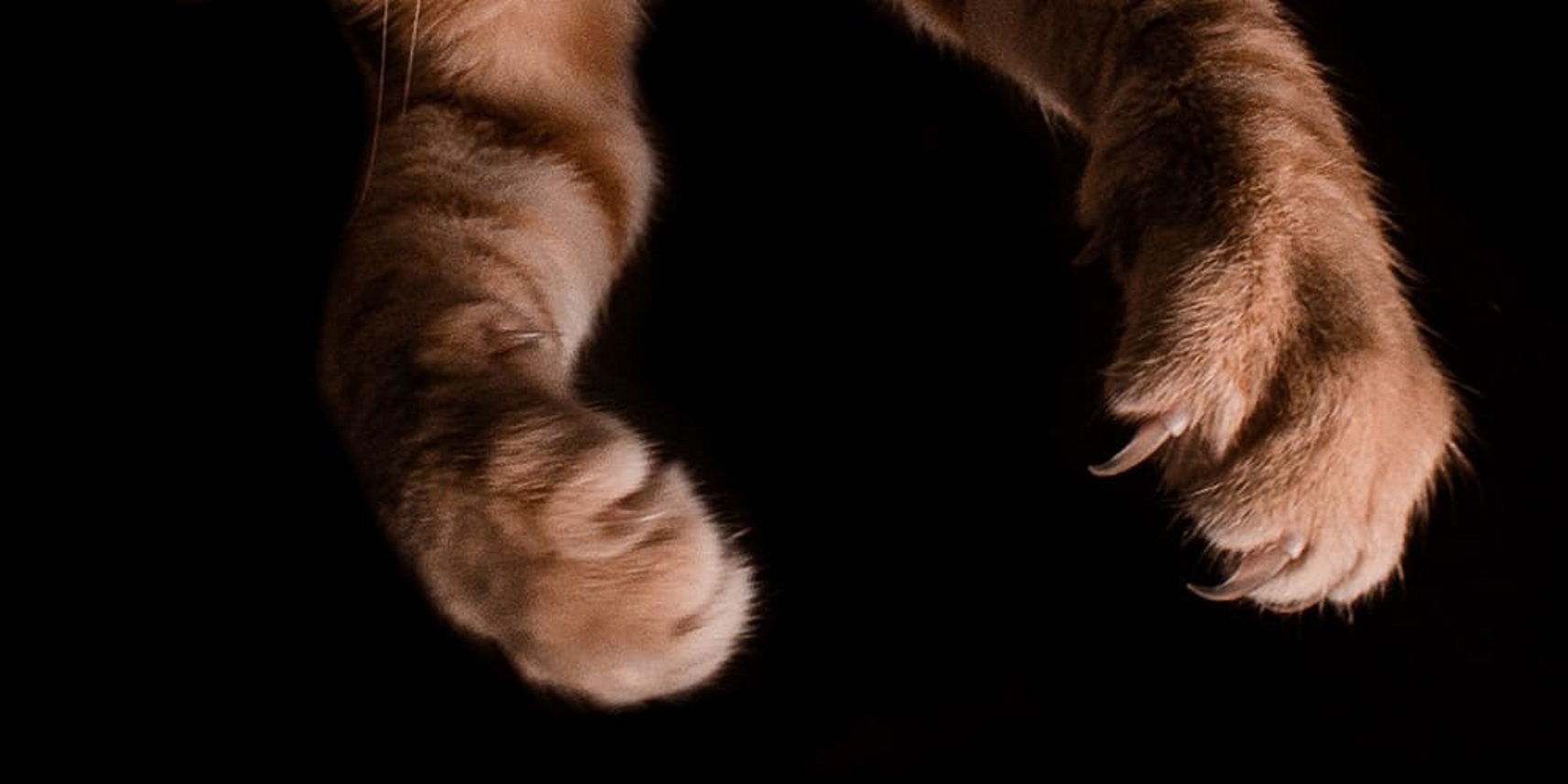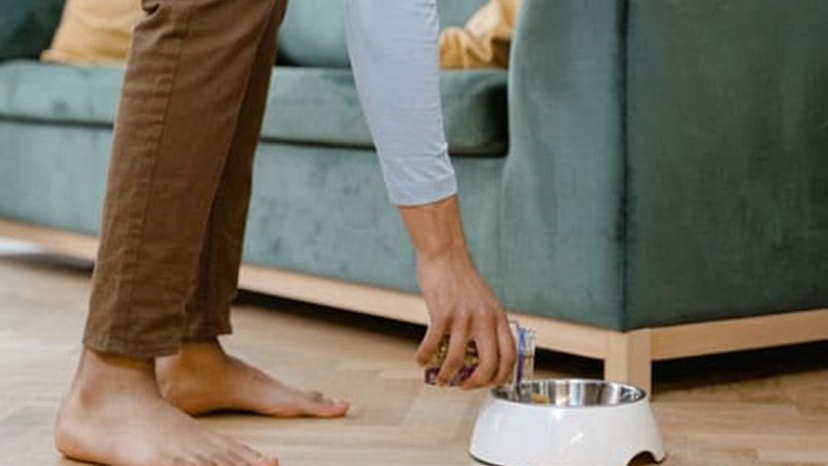Preparing to bring a pet home
.tmb-postful.jpg?Culture=en&sfvrsn=5f877f0b_1)
BY DR ALICE MARSHALL, REGISTERED VETERINARIAN (NSW VSB)
Adopting and bringing home a new puppy or kitten can be a big change for both your new pet and your family. Remember that puppies and kittens are only infants. While they can be very excitable, they are often easily scared and nervous about new situations. Luckily, some planning and preparation of your home and routine can help smooth the transition process for you both.
PREPARING YOUR HOME
It is best to identify a room where you can keep your kitten or puppy for a few weeks while adjusting to their new home. You may wish to purchase a crate or a new cat house so they can have somewhere special and safe to retreat.
Spend some time looking over your home and remove potential hazards. Tidy up long electrical cords, block up small spaces where they could get stuck (behind dishwashers or fridges), relocate items that could be chewed and check for escape routes – open doors or open fireplaces.
BRINGING YOUR PUPPY OR KITTEN HOME
The initial few days are crucial to helping settle your new puppy or kitten in. Give them time to relax and explore the house – but supervise them, so they don’t get into trouble. React in a calm, reassuring voice and if they hide, don’t coax them out, instead spend time in the same space as them reading or watching TV to help them get used to your presence.
It makes sense to keep visitors away for a few days, as the extra noise and commotion can be disrupting. Wait a few days, and then even then avoid large groups all at once.
Tell children that it’s an entirely new environment for the puppy – like the first day at school – and they may be anxious and need time to settle in.
A NEW PUPPY/KITTEN CHECKLIST
A bed/house/crate – where they can retreat to and feel safe is always a good idea.
Nutritionally balanced food –appropriate for their age and growth stage. Ask your vet for any feeding advice and be sure to make any diet changes gradually.
Water bowls – always have multiple water bowls in case one is knocked over.
Cat litter and tray – unscented littler is good. Place the litter tray away from any food bowls and clean it regularly.
Collar and lead – with a name/number tag. You can introduce your puppy towering a lead around the garden, which will mean once less experience when you go for your first walks outside.
Toys – choose toys that you and your puppy can play with together. Include chew items if you have a new puppy or a scratching post if you have a new kitten.
Pet insurance – consider insurance to cover unexpected illnesses and injuries and give you piece of mind as your pet grows. Your vet can give you advice on the best insurance for your situation and pet’s breed. Learn more on our cat and dog insurance products to see how we can help give you peace of mind.
This article is for general information only. We recommend that you speak to your veterinarian regarding specific advice and help for your pet.


